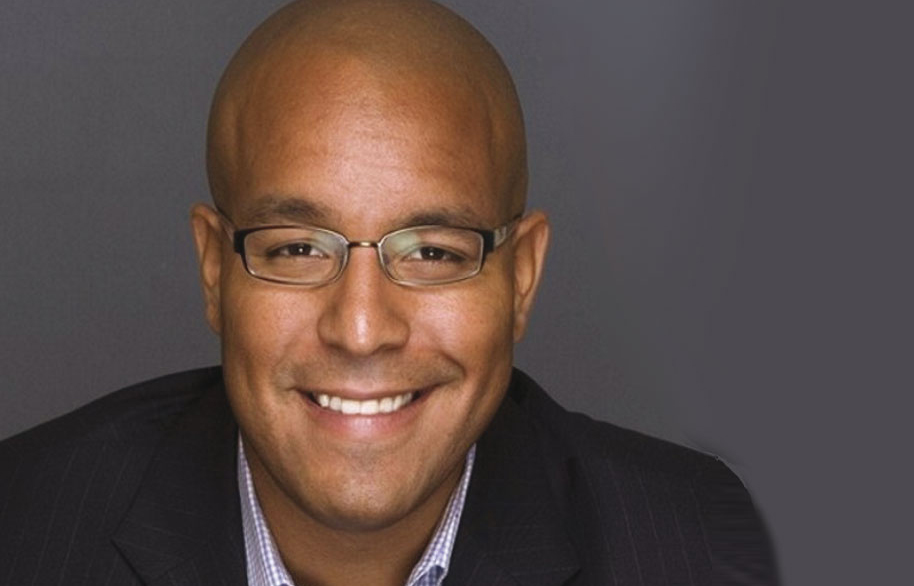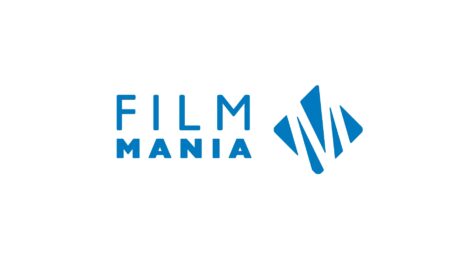Q&A: Sean Cohan, A+E Networks International
A+E Networks International operates the History, Bio and Crime & Investigation brands in EMEA. Senior vice-president Sean Cohan talked to Digital TV Europe about plans for those channels and the possible international launch of female-focused Lifetime.
What are your strategic priorities for the next year?
In markets where we have one or two channel brands today, we want to build out to four or five or six and take the portfolio to where it is in the US and the UK, where we have – with the HD channels – upwards of six or seven brands. There are also places where we don’t have any channel brands and to the extent that we can make it work, with the right partnership, we would be very interested in launching the portfolio. There are places like Russia and France where we don’t have any representation of the portfolio. And then there are places like central Europe or Scandinavia where we only have a couple of channel brands in the market and wouldn’t mind increasing that.
What plans do you have to launch Lifetime internationally?
Owning or retaining the rights internationally for Lifetime content has been a real mission since the merger was completed. The model that Lifetime had in the US before the merger was really more about acquiring US rights and the rest went elsewhere. But for us, whether you are talking about movies or unscripted content, there is a concerted effort and a fair degree of success in owning or retaining the distribution rights to that content. We could get out there and launch Lifetime channels but the question is what’s going to be on them? There are other companies that launch channels based on acquisitions and do it well but it’s not really our DNA. We differentiate with a strong pipeline of content and locally produced or acquired content. We’re getting traction here in the US with the shows that Lifetime is now producing – the movies tend to be the gold standard for made-for-TV films. In terms of the next year, I can say there are dialogues under way with key partners to launch Lifetime. We are cognisant that the women-focused space is very competitive. What I expect is that the best content, the best storytellers, the best-prepared and richest content propositions will win out. The female demographic can support more than one channel. When we are ready – and we hope in Europe that there will be a couple of stories next year – it will be a strong proposition and we will be happy to have waited a while to get a strong proposition in order.
How are your channels positioned on pay TV platforms?
We are firmly a basic-tier proposition. We are about a broad set of people being able to see the channels. When you think about brands like History, Bio and C&I, they really are broad propositions. We really have pushed, subject to local conditions, to make sure our channels are seen by a very wide group of folks. It’s partly about keeping it simple. There is enough complexity in this game. We have already explained to consumers that they should step up for HD, and then 3D, and then to educate them about VOD. Providing a myriad of packs on top of that is too complex. From a distribution standpoint basic plus premium seems to me to be the logical way to go.
What are the core brand values of the A+E portfolio?
A+E Networks is not a consumer brand – it’s a trade brand. What we’re known for internationally is quality and compelling factual entertainment and non-fiction television, and content. With the advent of Lifetime, with movies and drama, we are stretching a little bit beyond that. But A+E is about strong centrally-sourced content and a strong local voice, with content acquired and commissioned locally. I think one thing that A+E is about is having great partners, and we have channel brands that say what they do on the tin but are broadly appealing through entertainment and having authentic values. We think the formula of taking strong universally relevant content and complementing it with strong local content and a strong local voice is definitely the right formula for all our channels, including new ones that we might launch. We launch these channels through joint ventures and we have built sizeable operations internationally. New brands would obviously be launched through the existing network that we’ve created.
How far is your business model likely to change in the future?
If you are continuing to build your brand and viewership, I don’t see the mix changing very much. Our platform partners have shared in our success from the beginning. In terms of the advertising market, pay TV generally does not attract the ad dollars it should. We have a certain share of viewing and it’s not getting a proportionate share of ad dollars. That’s really a broader question about educating advertisers and about driving ad activity to pay TV generally and to our networks in particular. But our existing distribution model remains core, and success in that really comes down to forging commercially attractive relationships.




